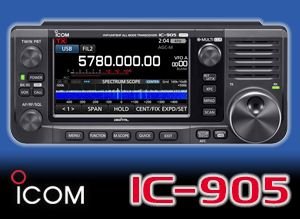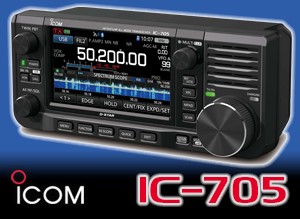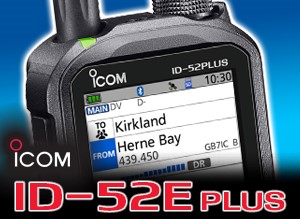Propagation News – 28 July 2013
No large complex sunspot groups were visible during the period and as a result solar activity was low on four days and very low on the three remaining days. Some of the smaller groups produced a total of nine low strength C class solar flares. Solar flux levels declined slightly from 114 units on the 19th to 107 by the 23rd. The average was 110 units. The 90 day solar flux average on the 25th was 121 units, that’s the same level as last week. X-ray flux levels declined from B3.4 units on the 19th to B2.5 by the 23rd. The average was B2.9 units. Geomagnetic activity started at unsettled levels due to a smaller than anticipated coronal hole. The Ap index on the 19th was 17 units. Activity quickly declined to quiet levels until midday on the 25th when another coronal hole disturbance arrived and the Ap for the 25th was 14 units. The average was Ap 8 units. Solar wind data from the ACE spacecraft saw solar wind speeds decline from 670 kilometres per second on the 19th to 300 by the morning of the 25th before wind speeds increased to 520 kilometres per second due to the second coronal hole. Particle densities were low except for the 25th that increased to 42 particles per cubic centimetre during the afternoon. Bz varied between minus 3 and plus 2 nanoTeslas on the quietest day and between minus 12 and plus 5 nanoTeslas on the 25th. Several days saw sporadic-E up to 70MHz. The peak of this summer’s season as now past and opening up to 144MHz are unlikely.
And finally the solar forecast for the coming week. This week the active side of the Sun is expected to rotate into view. Solar activity is expected to be low but could increase to moderate levels on some days later in the week. Solar flux levels should increase and be in the 130’s later in the week. Geomagnetic activity should be mostly quiet. No coronal hole disturbances are expected, however, an Earth-directed coronal mass ejection would increase activity. MUFs during daylight hours at equal latitudes should be around 23MHz for the south and 20MHz for the north. Darkness hour lows should be about 13MHz. Paths this week to the Middle East should have a maximum usable frequency with a 50 per cent success rate of around 21MHz. The optimum working frequency with a 90 per cent success rate will be about 16MHz. The best time to try this path will be between 1100 and 1700 hours UTC. Sporadic-E is expected to take place on some days.
Category: GB2RS Propagation News









